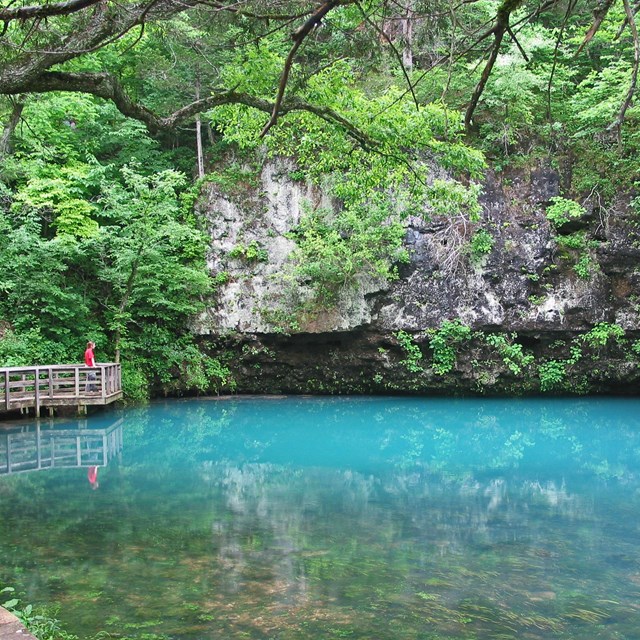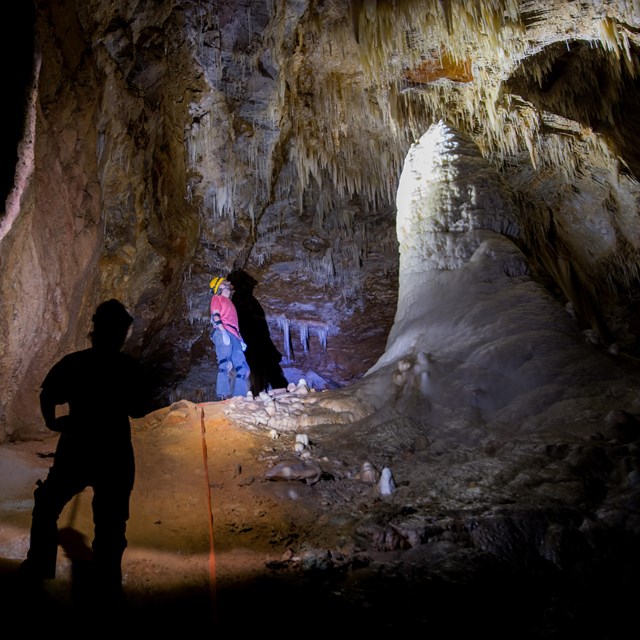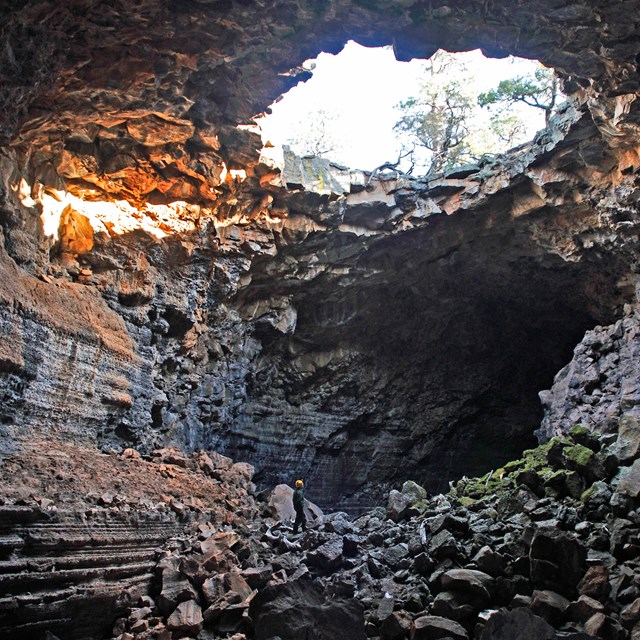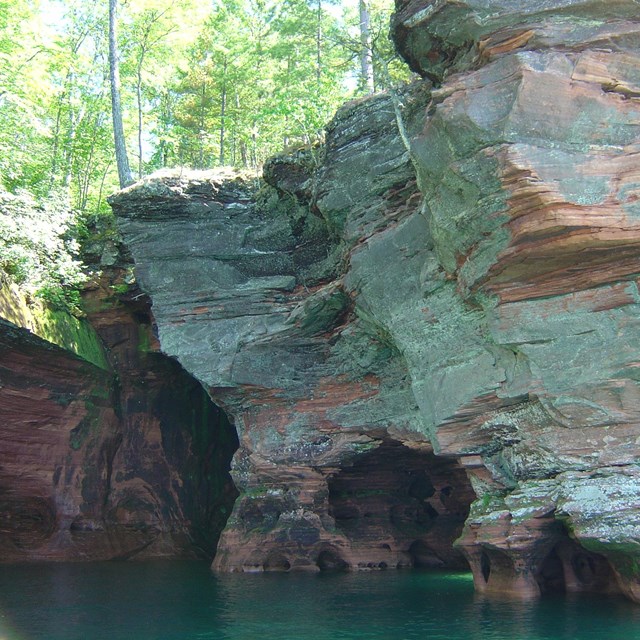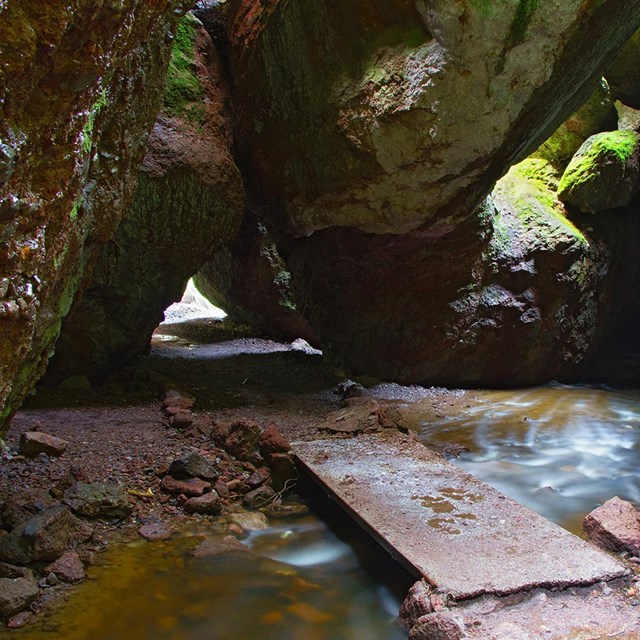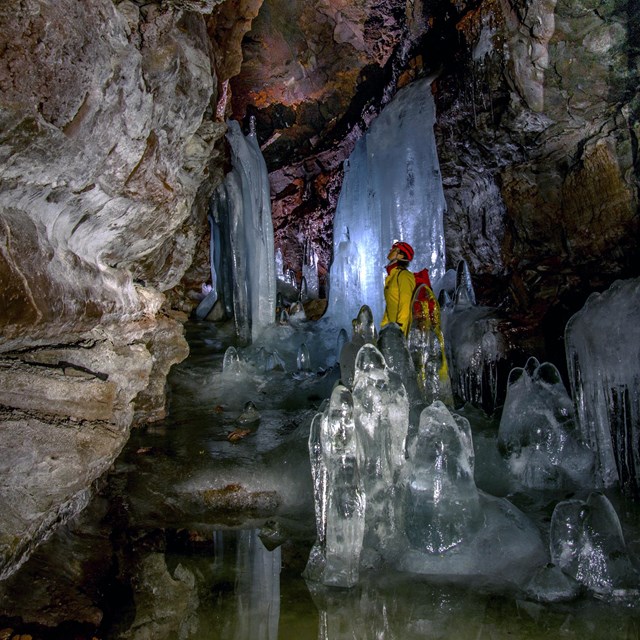Introduction
Caves are found in a variety of rock types and in other substances such as ice. There are also a variety of types of caves, but the most common are caves formed by the dissolving of bedrock known as solution caves, as open conduits in cooled fields of lava known as lava caves or tubes, by wave actions along sea and lake coasts known as sea or littoral caves, and as open spaces beneath talus piles known as talus caves. Cave TypesCave Formations
|
| Rank in the world | Cave Name (Park) | Cave Length (miles - km) | Cave Depth (ft - m) |
|---|
Poster - Caves and Karst of the National Park System
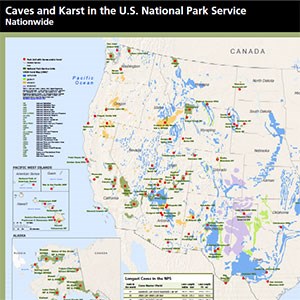
A poster prepared by the NPS Geological Resources Division showing the location of all park units (c. 2012) on a base map of the karst geology of the United States.
A full version of this poster is available for download: [https://irma.nps.gov/DataStore/Reference/Profile/2239537].
Last updated: October 17, 2024







